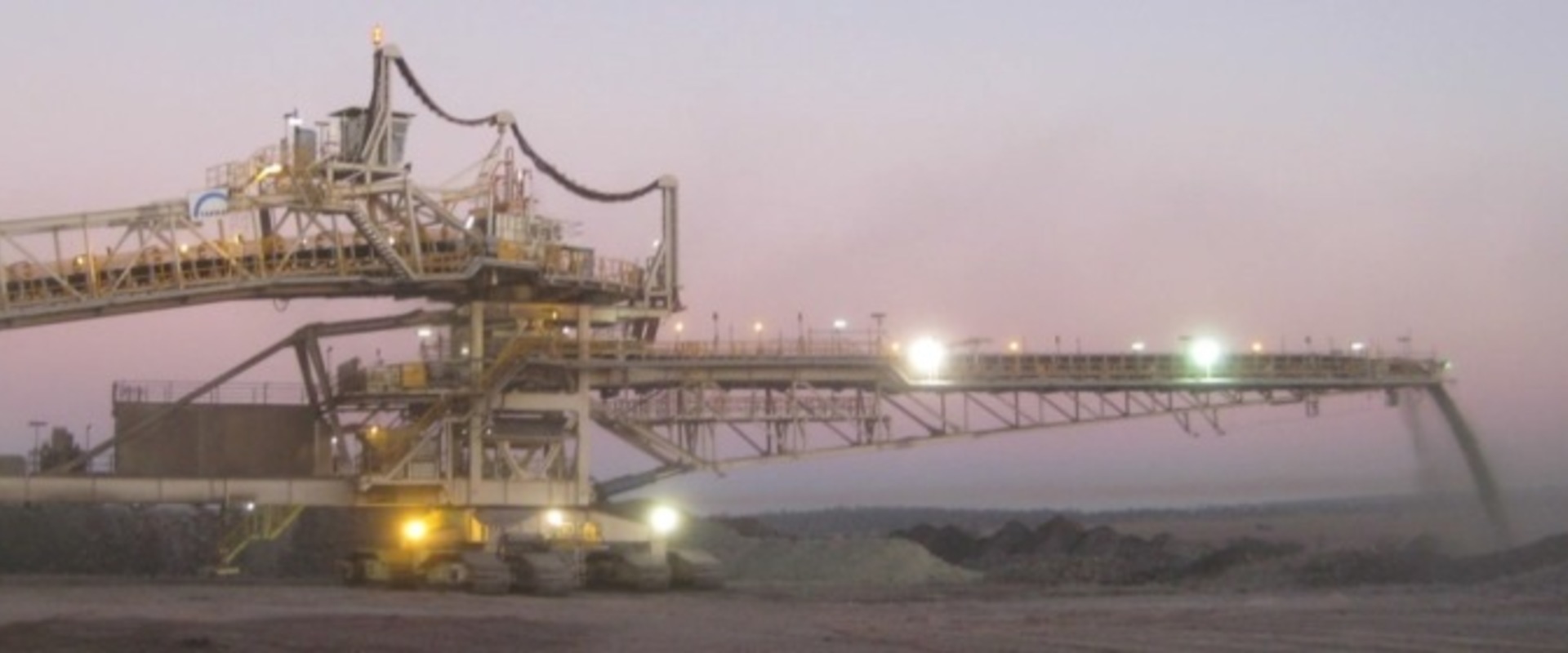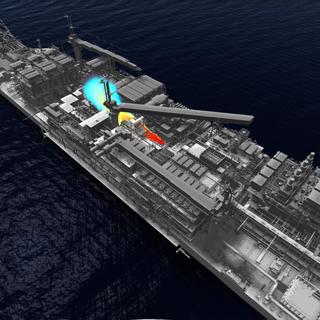
In Pit Crushing and Conveying (IPCC) Systems
We provide specialist capabilities for both the design of new or optimisation of existing In Pit Crushing and Conveying (IPCC) Systems.
Rio Tinto Clermont Mine in Central Queensland uses an In-Pit Crushing and Conveying System (IPCC) for a major component of its overburden stripping for the mine. The IPCC consists of a fully mobile sizing rig operating in the upper levels of the pit combined with, a ramp conveyor, 2.5km movable pivoting dump conveyor, and a tripper/stacker on the dump. Future development plans to add further trunk conveyors to expand the transport distance of the system.
As initially installed the IPCC system experienced major materials handling issues from early operation, primarily blocking of transfer chutes on the tripper and stacker.
We were engaged by Clermont to redesign the transfer chutes to improve the material flow characteristics. The chutes needed to handle a variety of overburden products from hard basalt, to sticky clay materials. We also assisted Clermont with a range of other engineering improvement projects on the IPCC system.
Our work has been a major success for Clermont with a significant reduction in downtime due to chute blockages, and increased output.

We carried out a Computational Fluid Dynamics (CFD) Exhaust Dispersion Study for Technip Malaysia for the ICHTHYS Field Development Project Floating Production Storage and Offloading (FPSO) vessel, to be located in the Browse Basin off Western Australia, approximately 440 km north of Broome and 800 km southwest of Darwin.

Concept design, detailed mechanical and structural design, preparation of plant specifications, technical support during manufacture and erection

We were invited by a global financing and development institution to conduct a cumulative risk assessment of its three major industrial facilities in Nansha, Pearl River Delta and to review its industrial hazard risk management system.

We were engaged to prepare designs to more than double the output of an existing barge loading facility in Kalimantan, Indonesia. The facility handles a number of different grades of coal to deliver a specified blend to each barge.